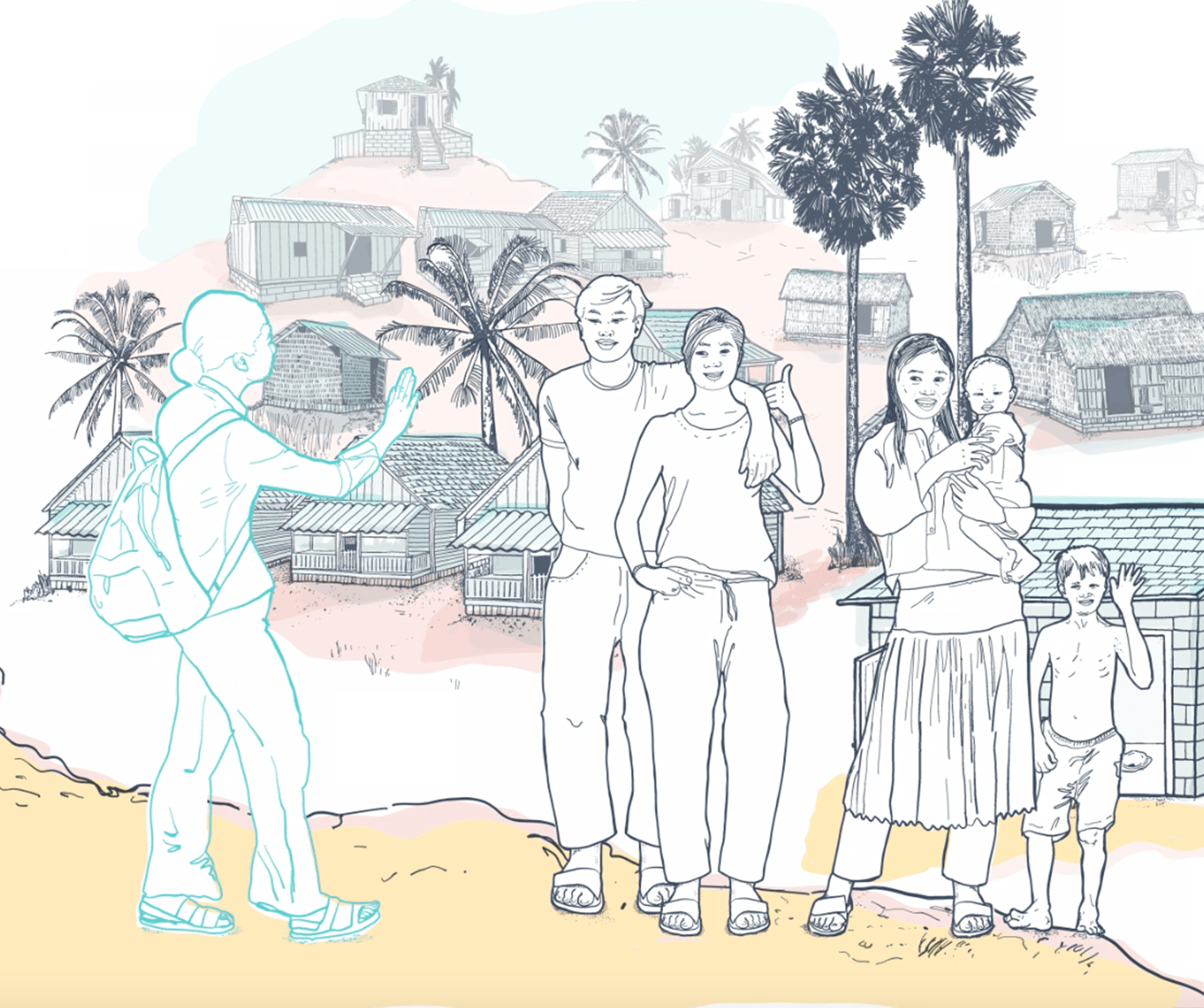To prevent the spread of harmful and deadly pathogens, households must be able to access and use a hygienic toilet. In many low-income countries, however, toilets that safely separate feces from human contact have not universally reached poor rural areas, forcing many people to resort to open defecation.
Fecal matter that is not properly contained can make its way into the household environment, where it comes into contact with surfaces and food and into drinking water sources, causing diseases such as typhoid and diarrhea, a leading cause of child deaths worldwide, as well as stunting in young children. In the Philippines and other countries where improving sanitation is a challenge, policymakers and practitioners are seeking cost-effective approaches to increase coverage of improved toilets and eliminate open defecation. But fixing the problem is challenging and complex.
Programs that rely on toilet construction for households haven’t always been effective, especially in contexts where people aren’t accustomed to using them. On the other hand, programs that aim to change practices and habits alone have faced challenges because many families simply don’t have enough cash to afford a quality toilet. Even when the demand is there, the materials for toilets and the expertise to build them may not be readily available. Sanitation improvement programs need to address each of these important barriers to increase the adoption of hygienic toilets.
To overcome one of these barriers, the high cost to households for sanitation improvements, some socially-oriented microfinance institutions in the Philippines have begun offering households subsidized microloans for building a toilet, with small payments and low or zero interest. However, evidence is limited on the effectiveness of this approach on the adoption and use of improved sanitation among poor households. The World Bank’s Strategic Impact Evaluation Fund supported a randomized controlled trial from 2015-2018 to assess the extent to which subsidized microloans can enable households to build and use improved toilets.
The loans, which carried zero interest, included toilet installation and were offered to poor beneficiaries who also received sanitation behavior change promotion as part of a social safety net program. The large financial subsidy led to modestly higher coverage of improved toilets, better toilet quality, and greater satisfaction, while the small subsidy did not improve access to improved sanitation. Among those who took out the subsidized loans, 59 percent already had improved toilets, which explains the limited effects on improved sanitation and open defecation. Overall, these findings suggest that subsidy programs hold promise, but need to be better targeted.






